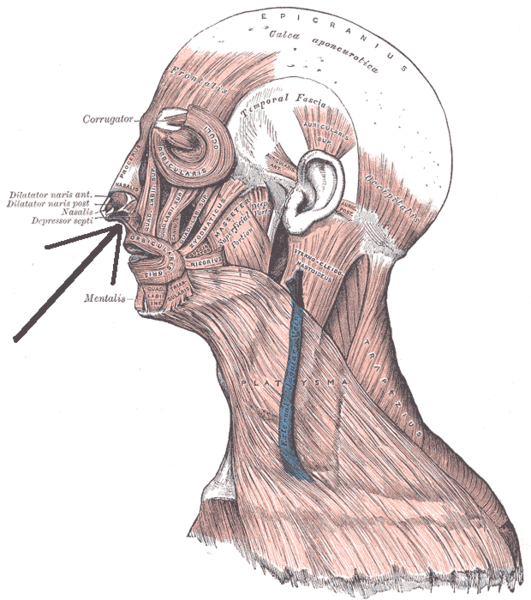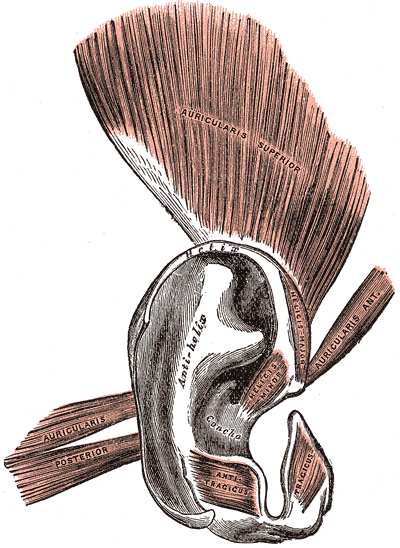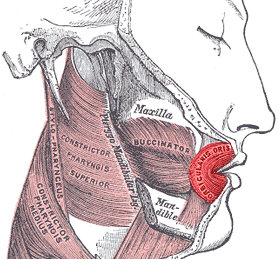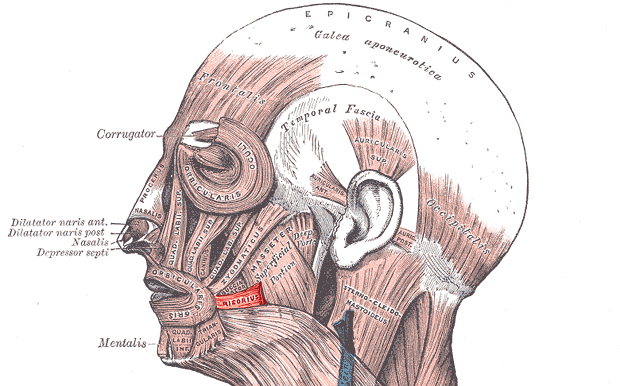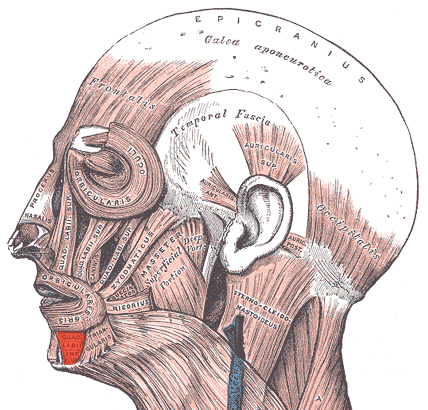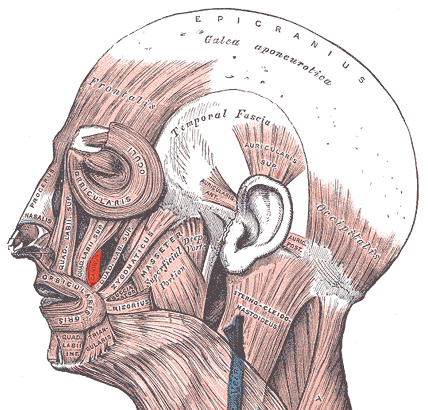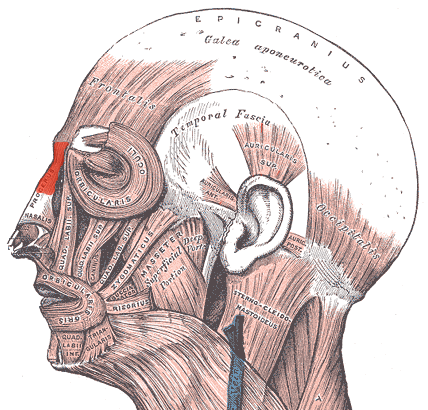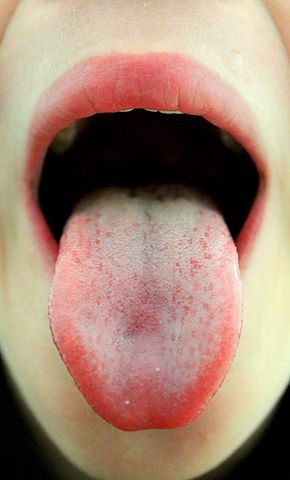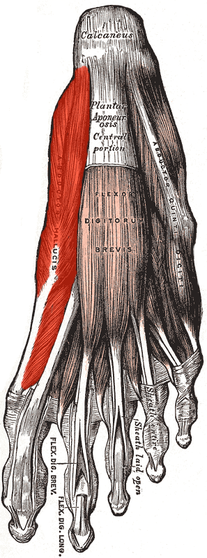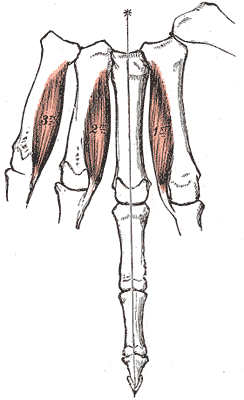We just learned about the Nose Muscles.
There's a fancy word for chewing, it's called masticating.
You have two main muscles you use for chewing.
One is your jaw muscle called the masseter muscle.

(from: wikipedia - masseter muscle)
The other is your temple muscle up on the side of your head, called the temporal muscle.

(from: wikipedia - temporal muscle)
If you bite down hard and feel your face and the side of your head, you can feel which muscles they are.
Kid Facts - Blast from the past: Tibia & Fibula

